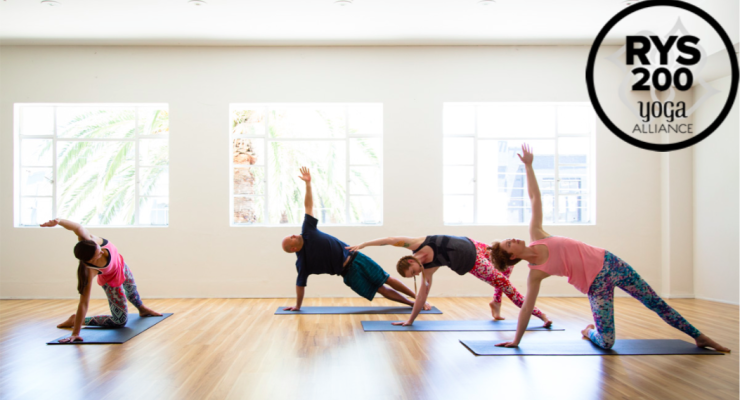Yogi: Question everything; learn something!
written on Sunday, 4 Jun 2017 by Ihana Yoga
written on Sunday, 4 Jun 2017 by Ihana Yoga

In our both 200hr Ihana Yoga Teacher Training and Post Graduate Yoga Teacher Training it becomes obvious very soon that we as yoga students, yoga teachers, and lecturers question everything. This includes questioning the common consensus of contemporary yoga teaching, common alignment cues and all the lecture material we have ever been given in our dozens of combined yoga teacher trainings. Often in lectures, our trainees mention something like “but we’ve always been taught…”. This is a great start to a fruitful discussion. Very soon it becomes clear that if you question that which has been taught by asking WHY the answer most often is “because that’s what I’ve learned from my teacher”. We then encourage to ask further questions. Can the information be trusted? Does is come from a reliable source? If yes, has the message stayed unchanged or gone through Chinese Whispers? Does the instruction apply to all or to an individual case only?
Let’s take two examples; an alignment cue and a health claim you might have heard in yoga class. In Utkatasana, Chair Pose, you might have been instructed to “glance down for a moment and make sure that you can see your toes (meaning your knees aren’t going past them); if not, shift a little more weight into your heels.” The sentence is in quotation marks, as I have copied it from Yoga International, a well-respected yoga institution. There was no reference to support this instruction on their website and had there been, the research would have shown this to be an anatomically incorrect position. In fact, had the instructions been evidence based, the research would have shown that in Chair Pose the knees need to be taken past the toes to increase the torso angle, which will minimize the shearing force and loading in the lumbar spine.* Have I been taught this cue in yoga teacher trainings? Yes. Have I taught this cue to my students? Yes, until I questioned it years ago, did extensive research on anatomical papers, books, and scholarly articles and in the light of this new (to me) evidence, had to change and stop using the cue in class. Did it make me feel “less” as a yoga teacher to go back to the same group of students and say they need to forget what I’ve previously instructed? Of course not. In fact, the students couldn’t have been more excited to learn something new and to get the most up-to-date information.
Another common example is during a shoulder stand sequence you might hear the teacher saying something like “shoulder stand is excellent for those suffering from thyroid disorders. Shoulder stand brings balance and regulates the hormone secretion of both the thyroid and parathyroid glands in the neck.” I’ve put the previous sentence in quotation marks again, as I copy-pasted it from a yoga article I found after * second of Google search for shoulder stand. This health claim is also something I have learned in most of the four yoga teacher trainings I’ve attended myself as a student. Have I ever been given reference to this statement? Never. Does that bother me? A lot.
As a yoga teacher, it’s more than fine to mention the many benefits of the practice in yoga class. It sets a positive mood and motivates the student to continue the technique/practice. However, if you mention benefits in your classes, the key is to question what you have learned and discern facts from wishful thinking and fiction. As Ihana Yoga teacher trainees hear in lectures, a lot of the common cueing is passed on as alignment rules because that’s what has always been done. But someone might have misunderstood something or it might have changed like often happens in Chinese Whispers. So similarly if cueing often needs to be changed from what we’ve learned in yoga teacher trainings, also the health claims might need to be changed too. Did the teacher trainer give any references to where they had learned it? Was there any evidence to support the claim? If so is it a reliable source? If not, would you be willing to use it as information that is just passed on because everyone’s doing it?
These are very fundamental questions, and at first can be overwhelming. Human mind naturally seeks information that supports the existing understanding, so by doing further research we naturally look for proof that would support our current understanding. Finding nothing or something else instead might feel a bit daunting, but very soon it just feels exciting to realise that by questioning everything you are exploring something new; questioning everything shows great progress and openness to investigate beyond the old, and therefore opens doors to welcome in new ideas and therefore an opportunity for change and growth.
If you like this approach, it is exactly what you will find in our teacher trainings. The hundreds of lecture slides you will receive are backed up by dozens of pages of bibliography; references and further reading.